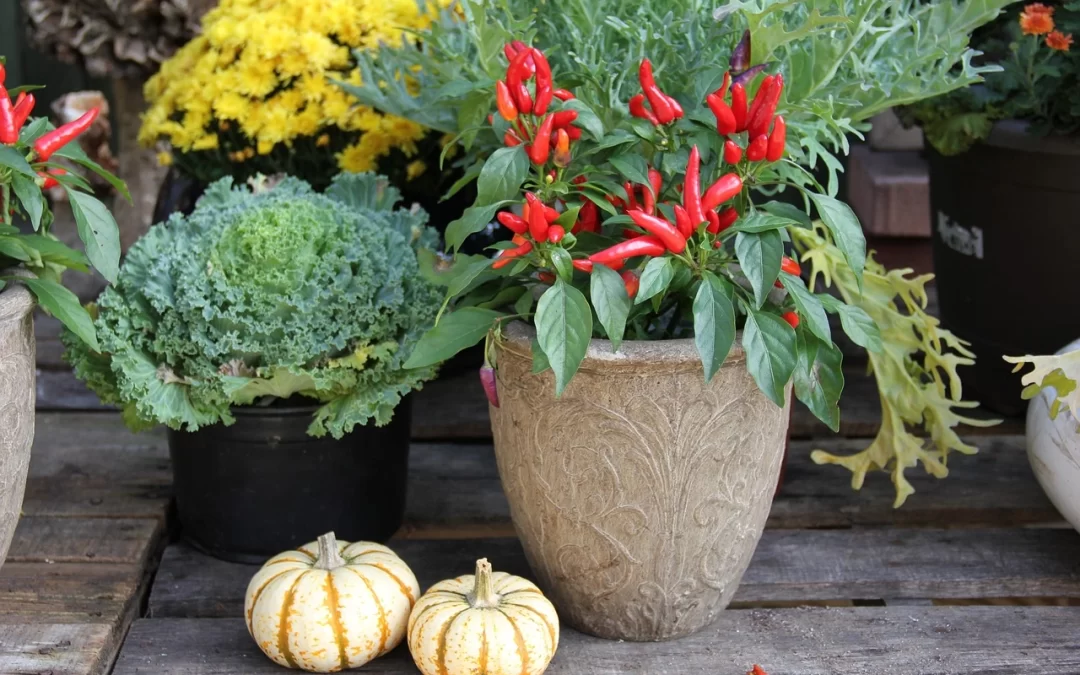Growing a fall garden can be one of the most rewarding parts of the season. All it takes is proper planning, good timing, and a little knowledge, and you can have an abundant harvest before winter. Use this as a guide to growing your own fall garden and enjoy the fruits of your labor into winter.
Planning Your Garden
Decide which varieties you’d like to grow. Cool-weather crops, including carrots, beets, Swiss chard, broccoli, bok choy, radishes, Brussels sprouts, cabbage, lettuce, kale, and squash, are excellent choices for fall. Determine how much space you need and how many weeks until the first frost.
Different varieties have different maturity times, so find plants that work for your area. Purchase seedlings; if you plant seeds, they may not have time to germinate, grow, and produce before it freezes. With proper planning, you will harvest the plants before the first major frost in your area.
Preparing the Beds for Growing a Fall Garden
Remove the plants from your summer garden. Add compost and mix it into the soil. If using transplants, place the pots where you want to plant them. Make sure each plant has space to grow. Carefully transplant them into the garden after determining the layout and verifying adequate sunlight for your selected varieties. Add mulch to protect the plants from cold snaps when growing a fall garden.
Growing a Fall Garden
In the shorter days of fall, the sun won’t dry the soil as quickly as in the spring or summer. However, the plants still need moisture. Root crops like carrots, beets, and radishes can become hard and split due to water stress, while leafy vegetables may wilt. Water the garden consistently, especially in periods of no rain.
Insect and disease activity is lower in the fall but may still be problematic. Check your plants frequently for signs of issues. Remove diseased or pest-infested plants and dispose of them immediately. Do not place them in the compost pile. Read the labels of herbicides or fertilizer products you use; some are unsafe for use too close to harvesting. Stay aware of the weather, and take precautions to protect the plants from strong winds and light frosts.
A garden in the fall can be very fruitful. Plant fast-growing varieties of radishes, carrots, greens, and herbs to enjoy before the first frost. Carrots, beets, and other root crops can remain in the ground during a light freeze, enhancing their natural sweetness. When the weather forecast calls for frost, cover any crops not ready to harvest to extend their growth season.
Precision Home Inspectors offers professional inspections to customers in Eastern Virginia. Contact us to request our services.

